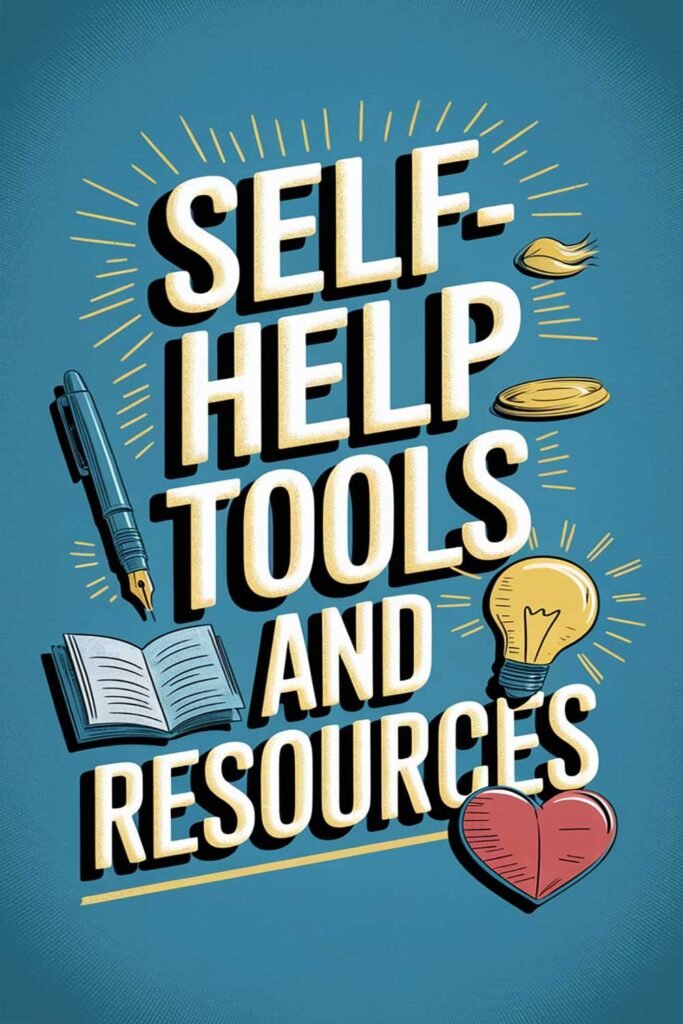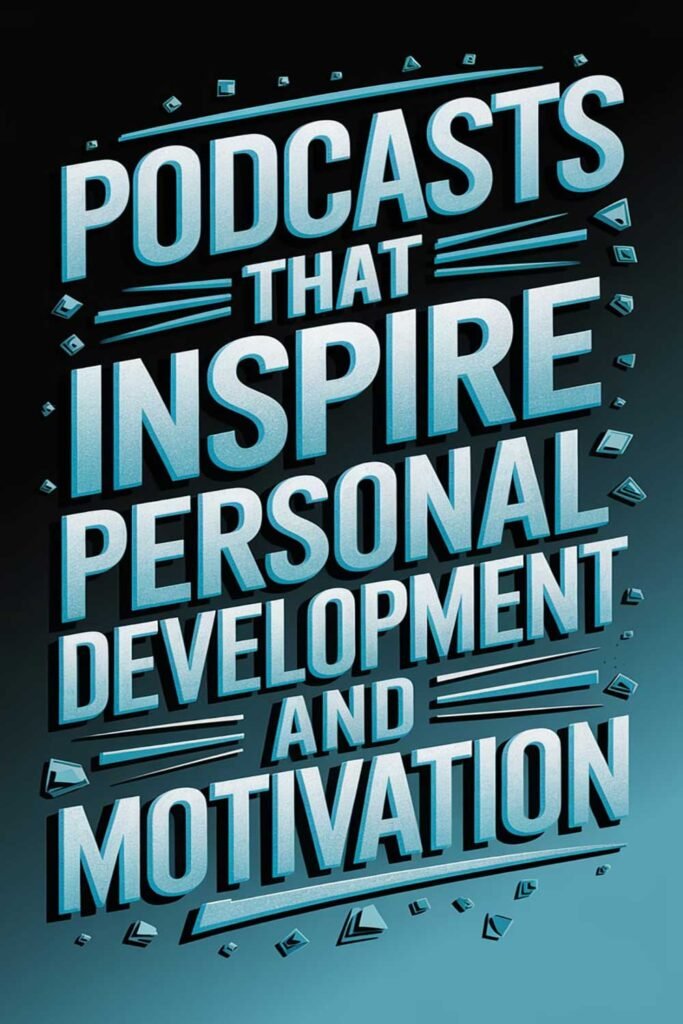
The Power of Journaling: A Complete Guide to Personal Growth
Journaling is one of the most powerful self-help tools available. It provides clarity, fosters self-awareness, and enhances emotional well-being. Whether you’re looking to process emotions, set goals, or improve mental health, journaling can be a transformative practice. In this guide, we’ll explore the benefits of journaling, different journaling methods, and how to get started.
1. Why Journaling is a Powerful Self-Help Tool
Journaling has been used for centuries as a way to document thoughts, feelings, and life experiences. Scientific studies have shown that writing down emotions can reduce stress, improve mental clarity, and boost overall well-being.
Key Benefits of Journaling:
- Improved Mental Health: Helps process emotions, reduce anxiety, and manage stress.
- Greater Self-Awareness: Encourages self-reflection and deeper understanding of thoughts and behaviors.
- Goal Tracking & Motivation: Helps set, track, and achieve personal and professional goals.
- Problem Solving & Creativity: Encourages brainstorming and creative thinking.
- Enhanced Memory & Comprehension: Strengthens cognitive function by reinforcing thoughts and experiences.
2. Different Types of Journaling Methods
There is no one-size-fits-all approach to journaling. Different methods serve different purposes, so finding the right one for you is key.
A. Gratitude Journaling
Focusing on gratitude can shift your mindset to positivity and appreciation. How to Start:
- Write down three things you’re grateful for every day.
- Reflect on why they matter to you.
B. Reflective Journaling
This method involves writing about personal experiences, thoughts, and emotions. How to Start:
- Write about your day, how you felt, and what you learned.
- Explore your emotions and patterns over time.
C. Goal-Setting Journaling
This journal is designed to help set, track, and accomplish goals. How to Start:
- Write down your goals with deadlines.
- Track progress and reflect on challenges and wins.
D. Bullet Journaling
A structured method that combines planning, to-do lists, and reflections. How to Start:
- Use bullet points for tasks, events, and notes.
- Create categories for productivity, mindfulness, and personal development.
E. Stream of Consciousness Journaling
Writing without filtering thoughts can be liberating and therapeutic. How to Start:
- Set a timer for 5-10 minutes and write non-stop.
- Don’t worry about grammar or structure—just let thoughts flow.
F. Dream Journaling
Recording dreams can provide insight into subconscious thoughts and emotions. How to Start:
- Keep a journal beside your bed and write as soon as you wake up.
- Look for patterns or recurring symbols in your dreams.
3. How to Start Journaling
Starting a journaling practice doesn’t have to be overwhelming. Follow these steps to build a consistent habit:
Step 1: Choose Your Medium
- Physical Journal: Traditional pen-and-paper approach for deeper connection.
- Digital Journal: Apps like Evernote, Day One, or Notion for convenience.
Step 2: Set a Time for Journaling
- Decide on a regular time—morning for setting intentions, evening for reflection.
- Start with just 5-10 minutes a day.
Step 3: Find a Comfortable Environment
- Pick a quiet space free of distractions.
- Create a calming atmosphere with soft lighting, music, or aromatherapy.
Step 4: Use Prompts to Get Started
If you’re unsure what to write, try using prompts to guide your thoughts.
Journaling Prompts:
- What are three things I’m grateful for today?
- What emotions am I feeling right now, and why?
- What personal goal do I want to focus on this week?
- What challenges am I facing, and how can I overcome them?
- What’s a lesson I’ve learned recently?
Step 5: Be Consistent and Non-Judgmental
- Don’t worry about perfect writing; let your thoughts flow freely.
- Make it a habit by incorporating journaling into your routine.
4. Enhancing Your Journaling Practice
Once you’ve established a habit, these strategies can deepen your journaling experience:
A. Experiment with Different Styles
Try various journaling methods to see which resonates most with you.
B. Incorporate Visualization and Affirmations
Use your journal to visualize goals and write affirmations for self-empowerment.
C. Review Your Entries Regularly
Looking back on past entries helps track progress and recognize growth.
D. Make Journaling a Self-Care Ritual
Pair journaling with meditation, tea, or a cozy atmosphere to make it enjoyable.
Picture This
Imagine a life where you have a clear sense of purpose, reduced stress, and a deeper connection with yourself. Each day, you sit down with your journal, expressing gratitude, setting goals, and releasing worries. Over time, you notice your mindset shifting, your resilience strengthening, and your dreams becoming reality. With every entry, you are crafting a roadmap to the best version of yourself. Are you ready to start your journaling journey?
Please Share This Article
If you found this article valuable, please share it with anyone who might benefit from incorporating journaling into their daily routine.






